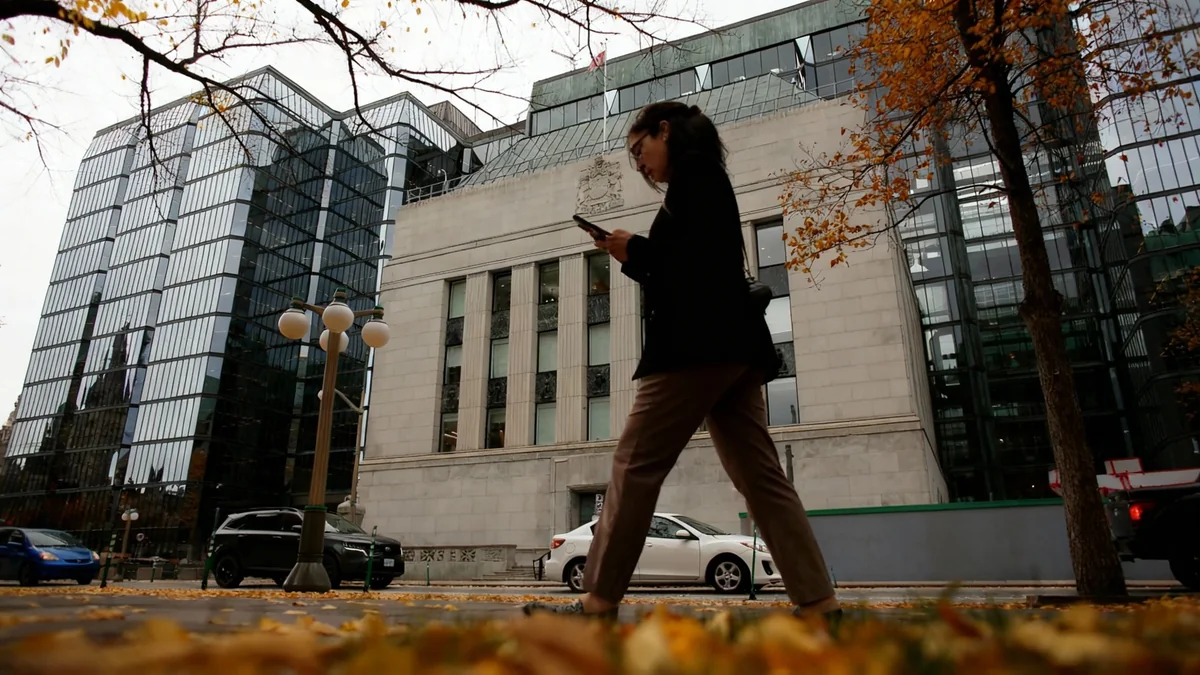The Euro experienced a sharp decline against the U.S. Dollar on Wednesday after the Federal Reserve implemented a 25-basis-point interest rate cut. The move was accompanied by commentary from Fed Chair Jerome Powell, which markets interpreted as a signal for a more limited path of future monetary easing, causing the EUR/USD pair to retreat from a yearly high.
The currency pair, which had reached 1.1918 earlier in the session, fell approximately 100 pips following the announcement. It currently trades around 1.1812, marking a daily decline of 0.48% as investors adjusted their expectations for U.S. monetary policy.
Key Takeaways
- The U.S. Federal Reserve cut its key interest rate by 25 basis points (0.25%).
- Fed Chair Jerome Powell indicated there was not broad support for a larger 50-basis-point cut, signaling a cautious approach.
- The Euro fell from a yearly high of 1.1918 to around 1.1812 against the U.S. Dollar.
- The European Central Bank has signaled an end to its own easing cycle, creating a policy divergence with the Fed.
Federal Reserve Delivers 'Hawkish' Rate Cut
The Federal Reserve's decision to lower interest rates by a quarter-point was widely anticipated, but the accompanying statements and economic projections shifted market sentiment. The central bank acknowledged increasing downside risks to the U.S. labor market, noting that while unemployment is low, it has recently increased slightly.
The policy decision was not unanimous. Governor Stephen Miran dissented, advocating for a more aggressive 50-basis-point reduction, a move that some market analysts had also predicted.
In its statement, the Fed noted that inflation has "moved up" and remains "somewhat elevated." It also observed that economic growth had moderated during the first half of 2025. This language suggested the central bank is not facing urgent pressure to cut rates dramatically.
Summary of Economic Projections (SEP)
The Fed's updated Summary of Economic Projections (SEP) provided further insight into its thinking. The projections indicated that committee members anticipate an additional 50 basis points of rate cuts by the end of the year, suggesting a gradual easing cycle rather than an aggressive one.
Powell Tempers Easing Expectations
During his press conference, Fed Chair Jerome Powell provided more context that reinforced the market's hawkish interpretation. He stated that labor demand "has softened" but reiterated that inflation is still "somewhat elevated."
Powell directly addressed speculation about a larger rate cut, stating there was "no widespread support for a 50-basis-point cut today."
He emphasized that while the balance of risks has "shifted," the Fed's current monetary policy is well-positioned to respond to incoming data. Crucially, he stressed that the central bank is not in a rush to ease policy further, a comment that provided significant support for the U.S. Dollar.
Diverging Paths for the Fed and ECB
The Fed's move stands in contrast to the recent stance of the European Central Bank (ECB). Recent inflation data from the Eurozone has supported the ECB's decision to hold its interest rates steady. The latest Harmonized Index of Consumer Prices (HICP) for August came in at 2.0% year-over-year, slightly below the 2.1% recorded in July.
More importantly, ECB officials have signaled that their cycle of monetary easing has concluded. This divergence could have long-term implications for the EUR/USD pair. As the Fed continues to cut rates and the ECB holds firm, the interest rate differential between the U.S. and the Eurozone is expected to shrink. This could provide underlying support for the Euro in the future, even with the current short-term volatility.
Fitch Ratings projects the Fed will deliver another 25-basis-point cut in December, followed by three additional reductions in 2026. In contrast, the agency does not anticipate further rate cuts from the ECB.
Mixed U.S. Economic Data
Recent economic reports from the United States have presented a mixed picture, complicating the Fed's policy decisions.
The housing market showed signs of weakness in August. Housing Starts fell sharply by 8.5% month-over-month, a significant reversal from July's 3.4% gain. The total number of units dropped to 1.307 million, its lowest level since May. Building Permits also declined by 3.7%.
However, consumer spending appeared robust. Retail Sales in August exceeded expectations, rising 0.6% compared to the forecasted 0.2%. The Control Group, a component used in GDP calculations, also showed strength with a 0.7% increase.
EUR/USD Technical Outlook
From a technical standpoint, the EUR/USD pair is consolidating around the 1.1800 level after its sharp rejection from the 1.1900 area. Despite the pullback, underlying bullish momentum has been building, though the Fed's announcement has introduced significant resistance.
Key levels to watch include:
- Resistance: A successful break above the 1.1900 level would be necessary to resume the uptrend, opening the door to targets at 1.1950 and the psychologically important 1.2000 mark.
- Support: If the pair moves below 1.1800, initial support can be found at the previous yearly high of 1.1829. Further losses would target 1.1750 and the 20-day Simple Moving Average (SMA) located at 1.1704.
The Relative Strength Index (RSI), a momentum indicator, remains below overbought territory, suggesting there could be room for either a recovery or further consolidation before the next major directional move.





